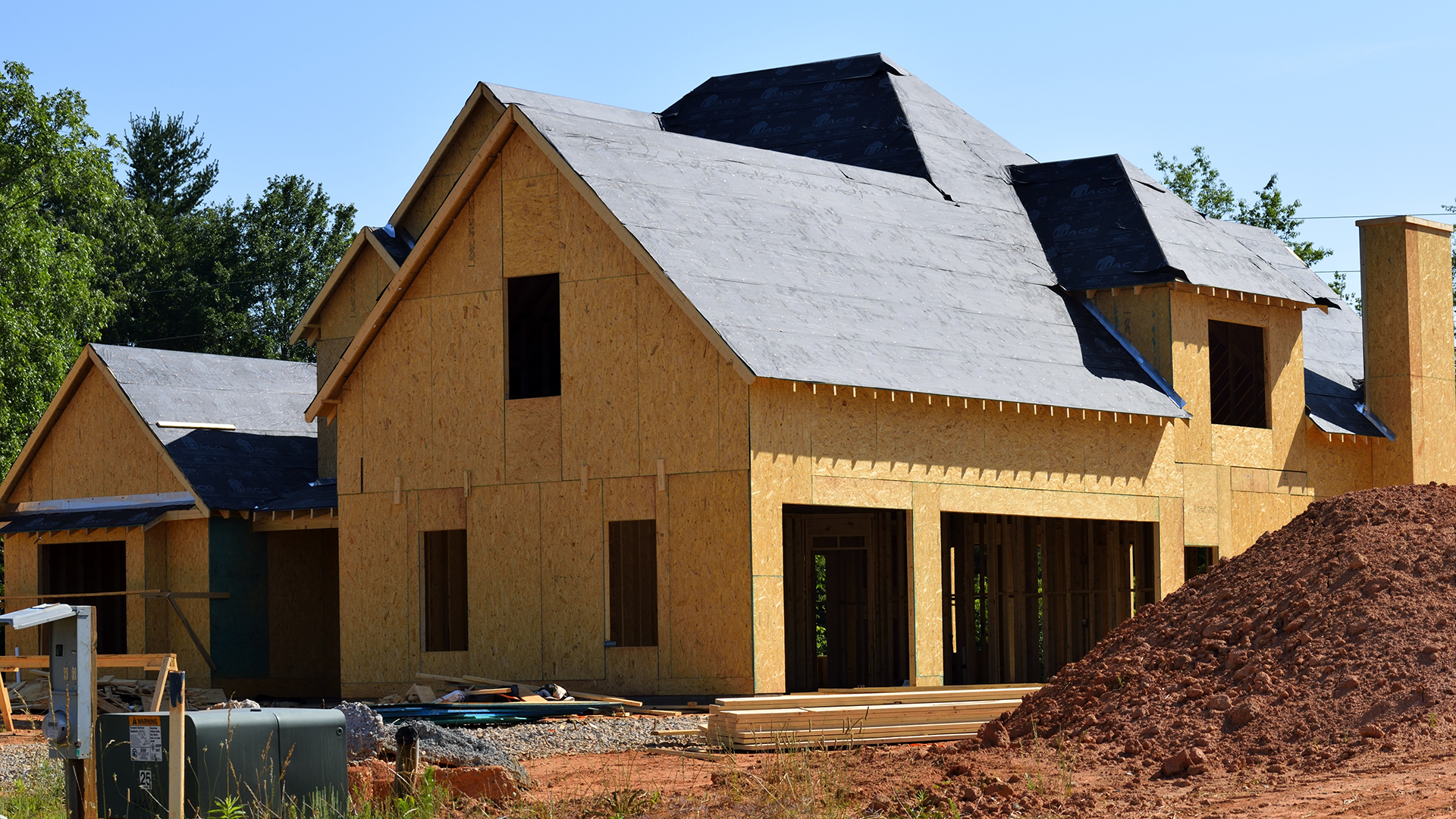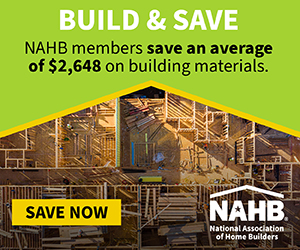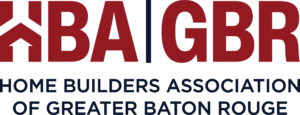
In the second quarter of 2020, The NAHB Remodeling Market Index (RMI) posted a reading of 73, which indicates more remodelers view conditions as good than poor (Table 1). This is the second quarter with a new RMI, redesigned to ease respondent burden and improve its ability to interpret and track industry trends.
See Table 1 for results here.
The RMI survey asks remodelers to rate five components of the remodeling market as “good,” “fair” or “poor.” Each question is measured on a scale from 0 to 100, where an index number above 50 indicates a higher share view conditions as good than poor.
The Current Conditions Index is an average of three components: the current market for large remodeling projects, moderately-sized projects, and small projects, while the Future Indicator Index is an average of two components: the current rate at which leads and inquiries are coming in and the current backlog of remodeling projects. The overall RMI is calculated by averaging the Current Conditions Index and the Future Indicator Index.
In the second quarter, all components and subcomponents of the RMI were well above 50. The Current Conditions Index averaged 77, with large remodeling projects ($50,000 or more) yielding a reading of 70, moderately-sized remodeling projects (at least $20,000 but less than $50,000) at 78 and small remodeling projects (under $20,000) with a reading of 83. The Future Indicators Index averaged 70, with the rate at which leads and inquiries are coming in at 72 and the backlog of remodeling jobs at 67.
In an effort to track quarterly trends, the redesigned RMI survey also asks remodelers to compare market conditions to three months earlier, using a ‘better,’ ‘about the same,’ ‘worse’ scale. This index posted a reading of 66, indicating that market conditions have improved substantially since the first quarter.
The strong RMI reading in the second quarter reflects business picking up as homeowners remodel with a focus on staying home for work and other activities, amid the pandemic. It is also important to note that remodelers face ongoing supply-side challenges, such as rising material prices and the lack of skilled labor.
For the full RMI tables, please visit www.nahb.org/rmi. For more information about remodeling, visit www.nahb.org/remodel.








 While risks persist, recent economic data have shown rapid improvement relative to dramatic declines in mid-spring. And housing data have led the way:
While risks persist, recent economic data have shown rapid improvement relative to dramatic declines in mid-spring. And housing data have led the way:









